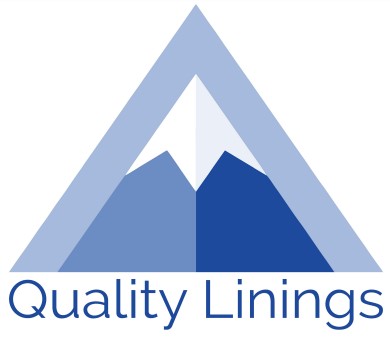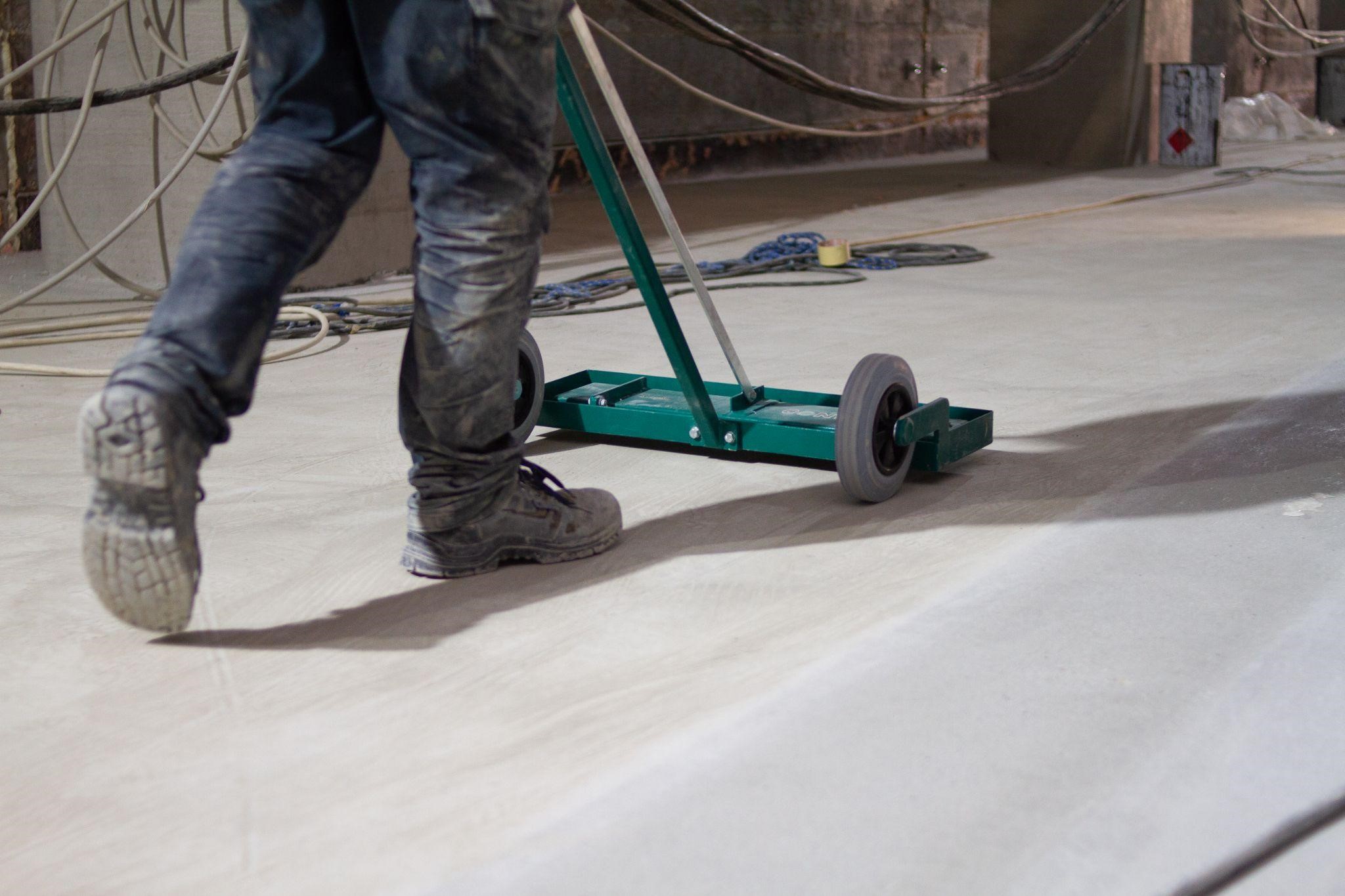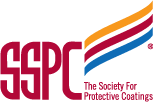From Start to Finish: An Ultimate Guide for Material Substrate Preparation
Welcome to the comprehensive guide on mastering the art of material substrate preparation by Quality Linings & Painting. Whether you're a seasoned professional or just starting out, this guide will provide you with the knowledge and tools that you need to excel in your craft.
In this article, we will explore the importance of proper substrate preparation and its impact on the success of your projects. From understanding different material substrates to learning the best techniques for preparation, we have you covered.
We'll dive into the various methods used for surface cleaning, including abrasion, degreasing, and chemical treatments. Additionally, we will discuss how to achieve the optimal surface texture and porosity for both adhesion and finishing.
Our experts have curated the best practices and tips for choosing the right tools and equipment, as well as identifying common pitfalls and how to avoid them.
We specialize in industrial painting and powder coating, but no matter the industry you work in, proper substrate preparation is the foundation of a successful project. Our goal is to equip you with the knowledge and techniques to achieve superior results and to master the art of material substrate preparation!
Importance of Material Substrate Preparation
Proper substrate preparation is the key to a successful project. Without the right preparation, your project may suffer from poor adhesion, premature coating failure, or even compromised structural integrity. By taking the time to understand and implement proper techniques, you can ensure the longevity and durability of your work.
Common Material Substrate Preparation Techniques
Before diving into the specifics of the preparation, it's important to have a general understanding of the common techniques that are used. These techniques can vary depending on the type of material substrate you're working with. The three main categories of preparation techniques are surface cleaning, mechanical preparation, and chemical preparation.
Surface Cleaning and Inspection
Surface cleaning is the first step in material substrate preparation. It involves removing any contaminants or impurities that may hinder adhesion or compromise the quality of the final product. Abrasion, degreasing, and chemical treatments are commonly used methods for surface cleaning.
Abrasion involves mechanically removing surface contaminants by sanding, grinding, or blasting. This method is effective for removing rust, paint, or other coatings. Degreasing, on the other hand, focuses on removing oils, grease, or other organic substances that may be present on the surface. Chemical treatments, such as acid etching or solvent cleaning, can also be used to remove stubborn contaminants; however, it’s important to consider the environmental impact of industrial coatings and decide whether or not chemicals are the best solution.
Mechanical Preparation Methods
Mechanical preparation methods are used to enhance the surface texture and porosity of the material substrate. This is crucial for promoting adhesion between the substrate and any coatings or finishes applied. Techniques such as sanding, wire brushing, or shot blasting are commonly employed to achieve the desired surface profile.
Sanding is a versatile method that can be used on various materials, including metals, plastics, and ceramics. It involves using sandpaper or abrasive pads to create a smooth and even surface texture. Wire brushing, on the other hand, is effective for removing loose rust, paint, or scale from metal substrates. Shot blasting is a more aggressive method that uses high-speed projectiles to clean and roughen the surface.
Chemical Preparation Methods
Chemical preparation methods are used to modify the surface chemistry of the material substrate. This can improve adhesion, corrosion resistance, or other desired properties. Common chemical preparation techniques include acid etching, anodizing, or phosphating.
Acid etching involves applying an acidic solution to the surface, which removes a thin layer of material and creates a rougher surface texture. Anodizing is a process primarily used for aluminum substrates, where a protective oxide layer is formed on the surface. Phosphating, on the other hand, involves applying a phosphate coating to the substrate, which enhances its corrosion resistance.
Preparing Different Types of Materials - Metals, Plastics, and Ceramics
Different material substrates require different preparation techniques. Let's take a closer look at how to prepare metals, plastics, and ceramics for optimal results.
When preparing metal substrates, it's important to remove any rust, paint, or scale using mechanical methods like sanding or wire brushing. Chemical methods such as acid etching or phosphating can also be used to enhance adhesion and corrosion resistance. Additionally, metals may require a thorough cleaning to remove oils or greases before proceeding with further preparation.
Plastic substrates can be prepared by cleaning the surface with detergent or degreaser to remove any contaminants. Light sanding or flame treatment can also be used to promote adhesion. However, it's essential to be cautious with plastics, as excessive heat or aggressive abrasion can cause damage.
For ceramic substrates, surface cleaning is crucial to remove any dirt or oil. Sanding or diamond grinding can be used to create the desired surface texture. Additionally, ceramic substrates may require chemical treatments, such as acid etching or silane coupling agents, to improve adhesion.
Choosing the Right Preparation Method for Your Substrate
Choosing the right preparation method for your substrate depends on several factors, including the material type, condition of the substrate, and the desired outcome. It's important to evaluate each project individually and select the most appropriate technique to achieve the desired results.
Consider the specific requirements of your project, such as the type of coating or finish that will be applied, the expected environmental conditions, and the desired lifespan of the finished product. Consulting with experts or conducting tests can help determine the best preparation method for your specific substrate.
Best Practices for Material Substrate Preparation
To achieve optimal results, it's important to follow best practices when preparing material substrates. Here are some key tips to keep in mind:
- Start with a clean surface: Remove all contaminants, including dirt, grease, or previous coatings, before proceeding with further preparation.
- Choose the right method and tools: Select the appropriate preparation technique and use the right tools and equipment for the job.
- Follow safety guidelines: Wear appropriate protective gear, such as gloves, goggles, or masks, when working with chemicals or abrasive materials.
- Take your time: Rushing the preparation process can lead to subpar results. Allow sufficient time for each step to ensure thorough and effective preparation.
- Inspect the substrate: After preparation, inspect the substrate for any remaining contaminants, defects, or imperfections. Address these issues before proceeding with the next steps.
Effective Tools and Equipment to use for Preparation
The tools and equipment you use for preparation can greatly impact the quality and efficiency of your work. Here are some essential tools commonly used in the preparation process:
- Abrasive materials: Sandpaper, abrasive pads, or blasting media for surface cleaning and texture modification.
- Brushes: Wire brushes or abrasive brushes for removing loose rust, paint, or scale from metal surfaces.
- Chemicals: Degreasers, solvents, acid solutions, or phosphate coatings for cleaning, etching, or modifying the surface chemistry.
- Sanding and grinding machines: Powertools for efficient and consistent surface preparation on larger areas.
- Protective gear: Gloves, goggles, masks, or coveralls to ensure safety when working with chemicals, abrasive materials, or dust.
See Real Results with Proper Material Substrate Preparation
Mastering the art of material substrate preparation is essential in order to see real results in any of your projects. By understanding the importance of proper preparation techniques and following best practices, you can ensure the longevity, durability, and quality of your work.
Remember to consider the specific requirements of your project and choose the most suitable preparation method for your material substrate. Take your time, follow safety guidelines, and utilize the right tools and equipment to achieve optimal results. With this comprehensive guide as your reference, you're well-equipped to excel in the art of material substrate preparation.
Give Quality Linings & Painting a call at (303) 307-1313 or click here to send us a message.
Thank you for reading!





